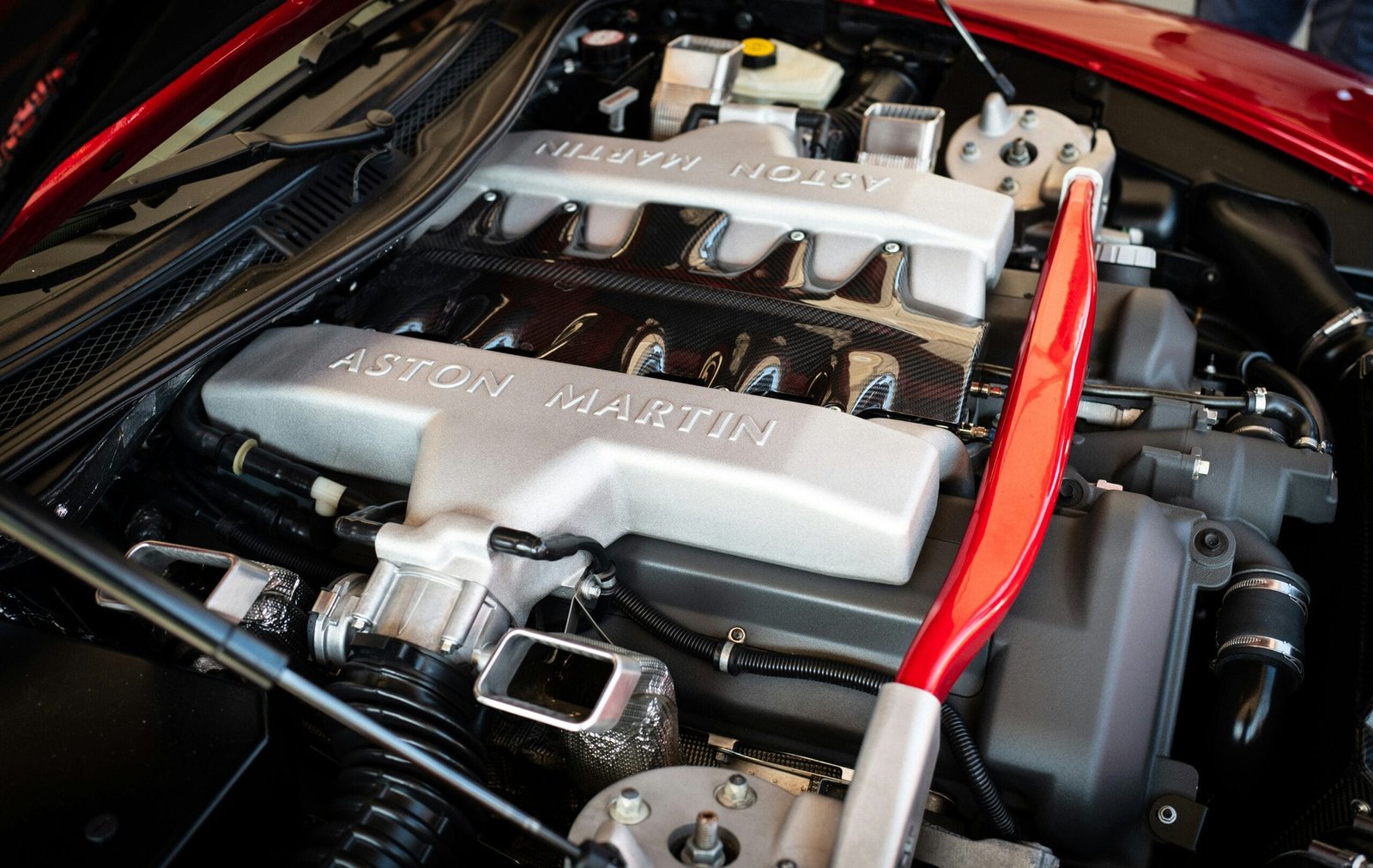How Does an Automotive Engine Work?
Understanding how an automotive engine works is essential for anyone interested in vehicles. At its core, an engine converts fuel into mechanical energy, moving your car forward. But how exactly does this transformation happen?
The Main Components of an Engine
An automotive engine consists of several critical components, including the cylinders, pistons, crankshaft, and valves. When you ignite fuel in the engine’s cylinder, a small explosion pushes the pistons down. This linear motion is transformed into rotational motion by the crankshaft, which eventually powers the wheels of your vehicle.
The Role of Engine Parts Working Together
Each part of the engine plays a collaborative role in generating this power. For instance, the valves regulate the intake of air and fuel, while also managing exhaust gases. The timing of these operations is crucial; the engine’s camshaft ensures that everything occurs in harmony. The synchronization between these components enables your vehicle to function smoothly and efficiently.
In summary, the performance of an automotive engine relies on the precise coordination of its various parts. Understanding these interactions helps demystify the complexities of how cars operate. Whether you’re a seasoned car enthusiast or just curious, grasping the basics of engine mechanics enhances your appreciation for automotive technology.

